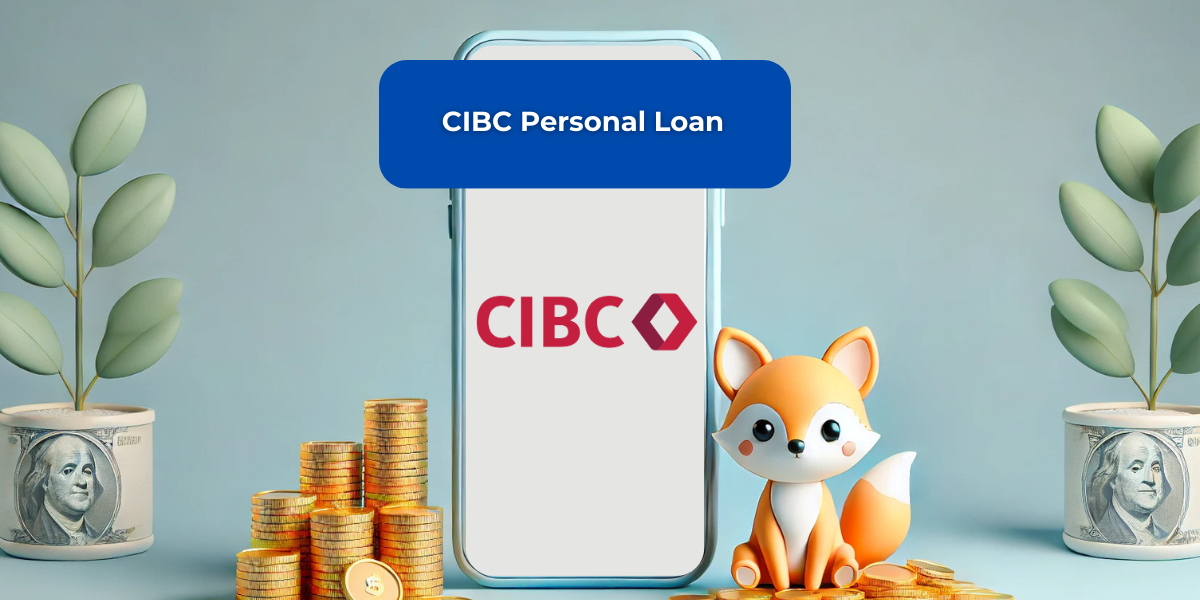Homeowners often sit on a significant financial resource: the equity in their home. When leveraged wisely, this equity can become a powerful tool for funding major expenses, improving property value, or consolidating debt. However, with opportunity comes risk. Understanding the full spectrum of advantages and pitfalls is essential before taking out a home equity loan.
Understanding Home Equity Loans
A home equity loan is a type of secured loan where your house serves as collateral in exchange for a lump sum of cash. The amount you can borrow is based on the difference between your home’s appraised value and any outstanding mortgage balance. Borrowers enjoy predictable monthly payments over time because the interest rate and loan term are fixed, typically ranging from five to thirty years.
Unlike a home equity line of credit (HELOC), which offers a revolving credit line with variable rates, a home equity loan delivers a one-time disbursement. This structure suits homeowners who need a specific sum for well-defined projects—such as major renovations, tuition, or debt consolidation—without ongoing access or temptation to draw additional funds.
Key Benefits of Home Equity Loans
Home equity loans present several compelling advantages, especially in a fluctuating interest-rate environment. Below are the primary benefits that make these loans attractive:
- Fixed Interest Rates Provide Stability — Your rate remains unchanged throughout the term, insulating you from market fluctuations.
- Lower Rates Than Unsecured Credit — Secured by your home, these loans typically carry interest rates below those of personal loans or credit cards.
- Substantial Loan Amounts Available — Often ranging into five- or six-figure sums, making large projects or consolidations feasible.
- Long Repayment Periods for Flexibility — Spanning up to 30 years, allowing manageable monthly payments even on large balances.
- Potential Tax Advantages — Interest may be deductible when used for qualified home improvements, subject to IRS rules and recent tax-law limits.
To illustrate typical rates as of April 30, 2025, consider this comparison:
This snapshot highlights how locked-in rates can help homeowners plan their budgets with confidence.
Risks and Potential Drawbacks
No financial product is without downsides. With a home equity loan, the primary concern is the risk of foreclosure on your property if repayments are not met. Home values can also fluctuate. Should your home’s market value decline significantly, you might owe more than its worth—a scenario known as being "underwater."
- Foreclosure Risk — Defaulting on payments gives the lender the right to seize your home.
- Declining Property Values — A downturn in the housing market can erode your equity cushion.
- Upfront Fees and Closing Costs — Origination, appraisal, and legal fees reduce your net proceeds.
- Higher Total Interest Over Time — Longer terms mean paying more interest cumulatively.
Additional eligibility hurdles include maintaining a healthy debt-to-income ratio, solid credit score, and proof of income. And because loan proceeds must be used wisely, funds drain quickly when projects run over budget or emergencies strike.
Comparing Your Options
Home equity lending comes in various forms. To choose the best approach, compare:
- Home Equity Loan vs. HELOC — A loan gives a lump sum at fixed rate; a HELOC offers a revolving line at variable rate.
- Cash-Out Refinance — Replaces your existing mortgage with a larger one, effectively "restarting" your mortgage clock.
- Personal Loan or Credit Card — Unsecured alternatives that avoid risking your home but often carry higher rates and shorter terms.
How to Qualify for a Home Equity Loan
Lenders typically require a minimum of 15–20% equity in your home, a credit score above 620, and a debt-to-income ratio under 43%. The application process involves:
1. Appraisal to determine your home’s current market value.
2. Submission of income documentation—pay stubs, tax returns, bank statements.
3. Underwriting review, including credit and title search.
4. Closing, where fees are paid and funds are disbursed.
Responsible Borrowing Tips
Approach a home equity loan as a serious commitment. Follow these guidelines to protect your financial stability:
- Borrow only what you need, avoiding the temptation of maximum amounts.
- Understand your fixed rate and repayment schedule in full before signing.
- Budget extra for insurance, taxes, and maintenance that may rise over decades.
- Have a contingency fund in case of income disruption or unexpected repairs.
Market Outlook and Trends
Analysts anticipate potential Federal Reserve rate cuts in late 2025, which could lower home equity loan rates further. Yet, economic uncertainty and housing market fluctuations make timing critical. Engaging a trusted financial advisor can help you align borrowing decisions with broader financial plans.
Real-Life Use Cases
Homeowners tap equity loans for a variety of reasons:
• Financing a kitchen remodel that boosts resale value dramatically.
• Consolidating high-interest credit card debt into one affordable payment.
• Funding college tuition, spreading costs over manageable monthly installments.
• Covering medical emergencies without depleting savings or retirement funds.
Every situation underscores the importance of evaluating both the upside and possible consequences of leveraging your home’s equity.
As Linda Bell of Bankrate reminds us, "It’s all about balancing the benefits with the responsibilities." A home equity loan can be a strategic financial move—but only when undertaken with full awareness.
By thoroughly comparing options, verifying your eligibility, and planning for contingencies, you can harness home equity in a way that supports your goals without jeopardizing your most valuable asset.
References
- https://www.bankrate.com/home-equity/pros-cons-home-equity-loan/
- https://www.experian.com/blogs/ask-experian/pros-and-cons-home-equity-loan/
- https://www.bankrate.com/home-equity/home-equity-loan-risks-and-how-to-avoid-them/
- https://www.equifax.com/personal/education/loans/articles/-/learn/what-is-a-home-equity-loan/
- https://www.lvecu.org/blog-resources/understanding-home-equity-loans-the-basics-and-benefits
- https://www.bankrate.com/home-equity/home-equity-loan-rates/
- https://blog.massmutual.com/retiring-investing/home-equity-loans-pc
- https://www.unison.com/blog/pros-cons-home-equity-loan










